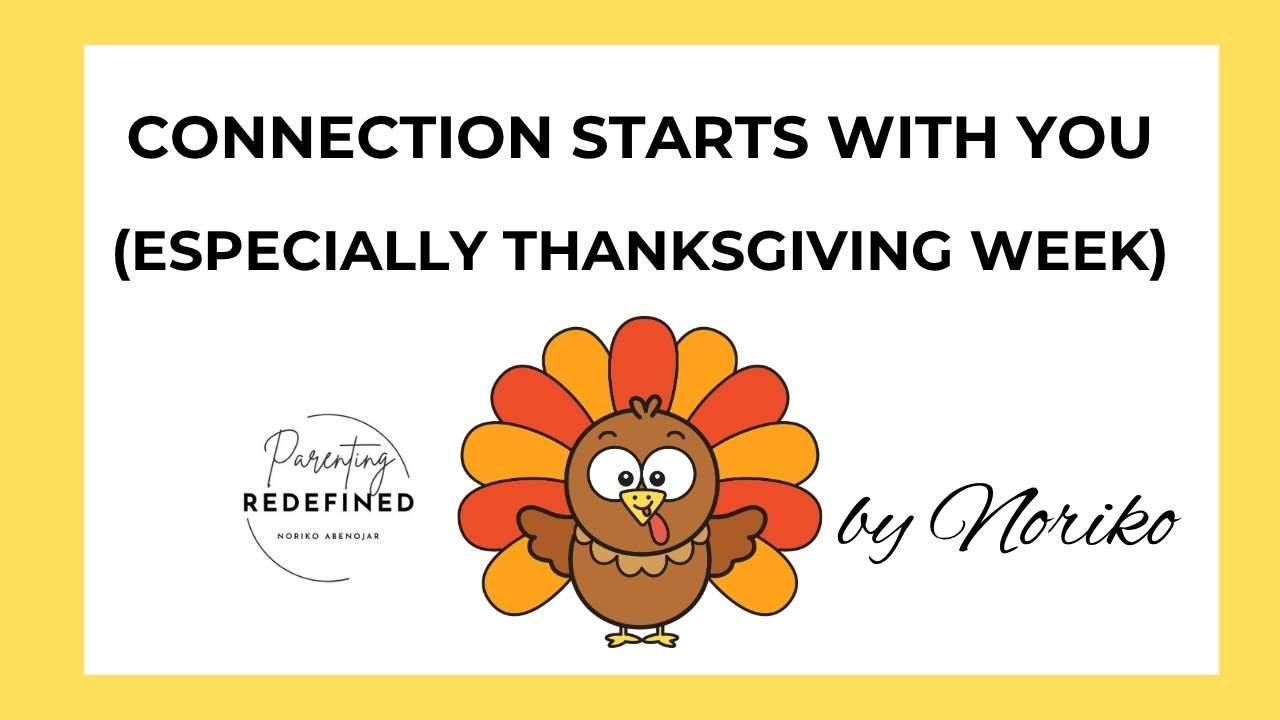REdefining Conversations: Making Unwritten Social Rules Visible
Calling all parents!
Listen to my 25 minute social skills framework for FREE while you drive, wash dishes, take a walk, cook, wait in the car, etc!
✨Add to cart and pay $0 for the video and the workbook!
✨When you finish watching, be sure to 'mark as complete' inside your portal.
✨IF YOU ARE A CURRENT SCLC FAMILY, I strongly encourage you to watch this to make the most of our time together!
➡️🔗www.NorikoAbenojar.com/Newsletters to view all past newsletters
➡️🔗www.NorikoAbenojar.com/Masterclass ~ check them out!!
➡️Keep reading even more for: NORIKO’S NOTES: sharing my life’s simple joys 💜
Explaining with More Than Just Words
“Take turns when you talk” sounds simple—and it may be, for some. But for many kids, those words are vague and confusing.
They may not notice when a conversation becomes one-sided or when it's their turn to jump in.
When something isn’t visible, it’s harder to understand—and harder to practice. This is why unwritten social rules can be so hard to learn and master.
I like to use my "conversation arrows"!
Here is a photo from a real session
~ this was a 3 person conversation written out in arrows.

How I Use Arrows to Teach Conversation Flow
1) Place a large whiteboard face up on top of a table
2) Participants sit around the table
3) Each time someone speaks to another person, draw an arrow from the speaker to the listener.
4) When the listener responds, draw another arrow going back to the speaker.
5) If another person wants to ask a follow up question about that topic, they also get an arrow drawn on the whiteboard.
And so on…
After a few minutes, we pause and look at the board:
“Are the arrows going in all different ways?”
"Do you see arrows between everyone or just some?"
"Do some people have more arrows than others?"
“What happens when the arrows are only going one direction?”
✨ The arrows turn the unspoken rules of conversation into something concrete and visual.
✨ In my experience, being able to 'see' the unwritten rules in a concrete way significantly helps the child (or adult) learn and gain the skills.

✨ Coming Thursday:
We’ll use LEGO bricks to create a visual representation of conversation balance—something kids can actually build together!
NORIKO'S NOTES: sharing my life's simple joys💜
Last weekend, we traveled to San Diego for a quick family trip. We spent time at the beach and visited the San Diego Zoo Safari Park (which I still catch myself calling the Wild Animal Park—old habits from when we lived there years ago!).
It was such a great day—just the four of us hanging out, learning about animals, cracking jokes, and enjoying each other’s company.
Most of you know by now: I LOVE TO PLAY.
Some might call it immature (LOL), but I call it young at heart!
I’d always rather enjoy the journey and share laughs along the way than rush to the destination.
And honestly, I love that my kids still put up with me—and even play along 😂. Thanks Jake and Emma!!
⬆️Husband taking a photo of son taking a silly photo of me!
⬆️Funny kids ~ I hope you never get too old, too rushed, and too serious to be bats!
Thank you for letting me share my simple joy💜 .
Gratefully yours,
Noriko
ONLINE MASTERCLASSES NOW OPEN:


FREE - The Abenojar Social Growth & Mastery Framework™ Masterclass is here!

FRIENDSHIP NAVIGATOR - 4 Visual Tools Parents Can Use to Help Their Child Understand How Friendships Develop
Please Help Spread the Word!
The more awareness we bring to the importance of social skills development, the more schools and workplaces will recognize the importance of inclusivity and the need for meaningful social support.
Please share this link: Parenting REdefined Newsletter (www.NorikoAbenojar.com/subscribe) to friends, families, teachers, or other professionals - encourage them to subscribe so that they don't miss announcements and new newsletters.
Noriko Abenojar, MSW PPS
Parenting REdefined
www.NorikoAbenojar.com
www.SocialAndCognitiveLearningCenter.com
Instagram: @NorikoAbenojar
Facebook: Parenting REdefined by Noriko Abenojar MSW PPS









Responses